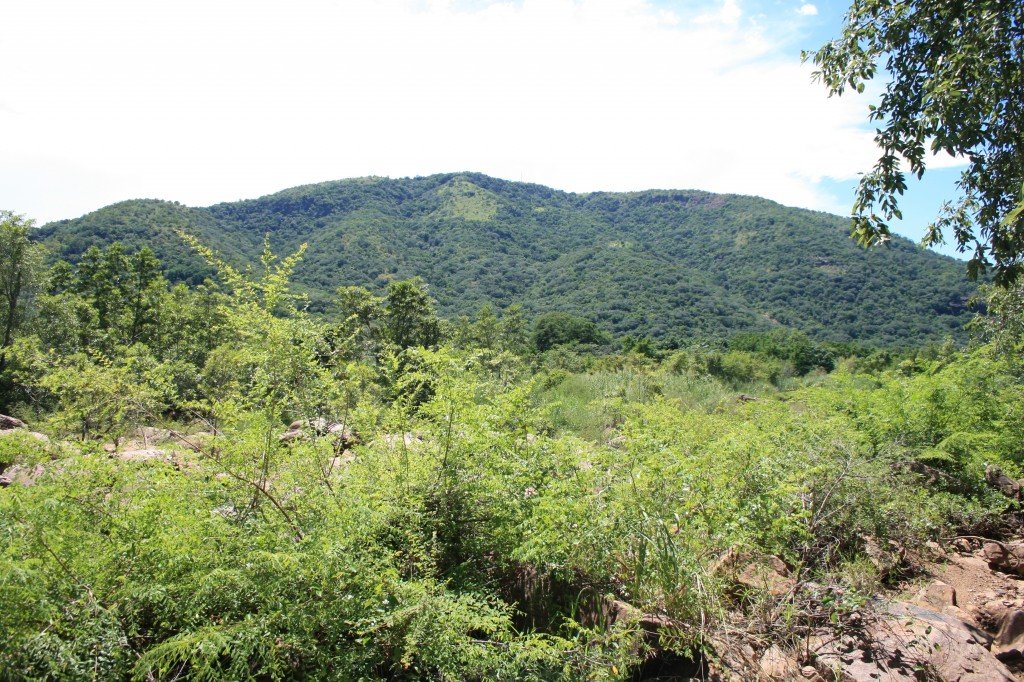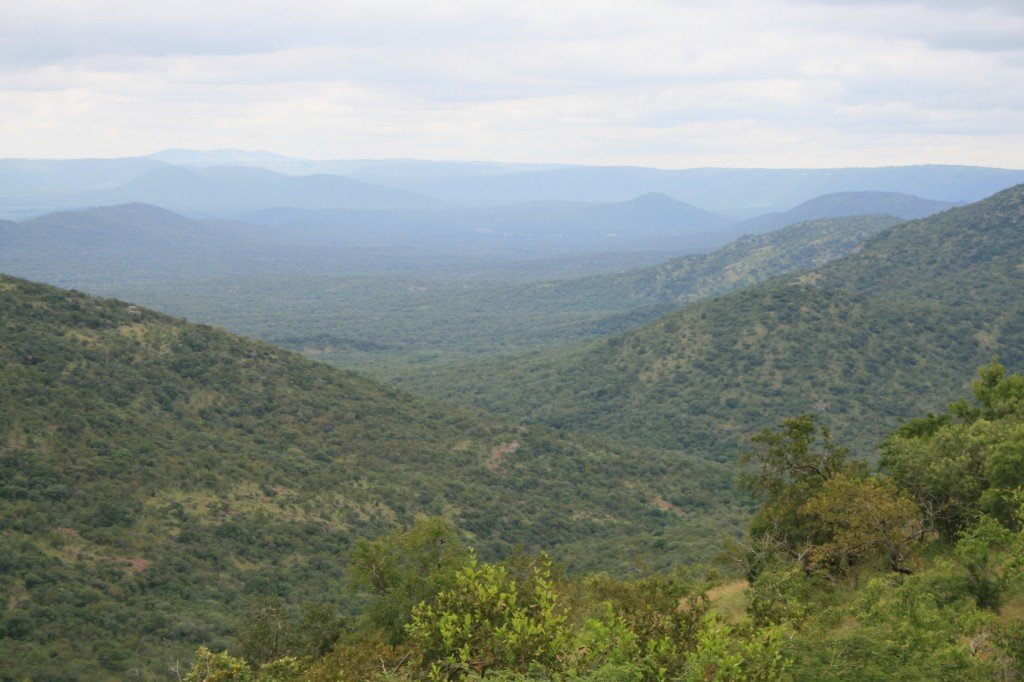Leopard Creek 2

Golf courses, despite usually bringing dramatic change to the natural environment, are often havens for a number of bird species, even if they are generally the usual suite of semi-rural/semi-urban birds that have adapted well to their altered landscape.
Leopard Creek, however, is an exceptional golf course, not only because of the quality of its design and the magnificent test of golf it provides, but also because of its setting, in the thorn thickets and thick woodland along the Crocodile River, with the famous Kruger National Park on the other side of the water.
As a birdwatcher covering golf at Leopard Creek, there is double excitement because apart from watching the professionals tackle the daunting course, there is always the feeling that something special from the avian world could be lurking nearby.
I have previously seen specials like the Blackthroated Wattle-Eye and African Finfoot at Leopard Creek, so I am always excited driving through the entrance, situated across the river from the Malelane Gate into Kruger National Park.
The first bird I saw was no surprise – a Blackeyed Bulbul, the ubiquitous Toppie one sees so often in the bushveld. The new name – Darkcapped Bulbul – is poor in my opinion because all three South African species have much the same black crest on top of the head.

But then, skedaddling along the side of the tar road was something most unexpected – a Plainbacked Pipit.
This nondescript LBJ is usually a bird of grasslands and rocky hillsides. It does venture into the lowveld in winter and is sporadically recorded in Kruger Park, where it probably breeds and there are estimated to be about 500 adults. According to Roberts, it is often found on the edges of wooded country.
But the grasslands of Leopard Creek are what is known as sweet grass (sweet grasses maintain their nutrients in the leaves in winter and are therefore attractive to grazers) so it is often overgrazed, which makes it more attractive to Pipits, especially when there has not been much summer rain yet.
The more arid conditions meant a bird like Marico Flycatcher, very much a denizen of the western grasslands, was also present. The Marico Flycatcher is a great lover of Acacias though and the low rolling hills surrounding the Crocodile River are full of stunted Knobthorns Acacia nigrescens, so although rare this far south-east, it was not an unprecedented vagrant.
Leopard Creek, being a top golf course, does have a lot of water besides the Crocodile River, and this is obviously a magnet for both birds and animals.
The Knob-billed Duck is more a bird of vleis and pans (even temporary ones), than rivers and it is often seen flying over the golf course, but only in summer because it is a migrant from further north in Africa, generally breeding in the north-eastern areas of South Africa.
Whitefaced Duck, a common bird that sticks around all year long, is almost always seen flying over and whistling it’s beautiful call, while Water Dikkops patrol the tar roads at night, when Bushbuck come out to play after sheltering during the hot sunlight hours.
African Pied Wagtails march up and down any of the fairways close to water, while a couple of the bigger water hazards hold Reed Cormorant and African Fish Eagle, overhead, and Common Sandpiper, feeding on the sandbanks when they get tired of the Crocodile River.
The Fish Eagle is not the only raptor that comes over from KNP airspace, Wahlberg’s Eagles, which are especially common in southern Kruger and enjoy a diverse range of prey, leave their woodland strongholds to check out what’s on offer at Leopard Creek.
No trip to Leopard Creek is complete without walking out to the 13th green, situated 32 metres above the Crocodile River, and on this hot day some stately Waterbuck were present while a family of Chacma Baboons were foraging and vocalising. Along the way to this stunning viewpoint, the riverine woodland holds such delightful birds as the Plumcoloured Starling, Natal and Crested Francolins, Heuglin’s Robin, Blackcollared Barbet, Sombre Bulbul and Redbilled Firefinch.
Sightings list
Blackeyed Bulbul
Plainbacked Pipit
Vervet Monkey
Rock Monitor
Blacksmith Plover
Sacred Ibis
Plumcoloured Starling
Impala
Whitefaced Duck
Little Swift
Knob-billed Duck
Water Dikkop
European Swallow
Egyptian Goose

Natal Francolin
Helmeted Guineafowl
Heuglin’s Robin
Cape White-Eye
African Pied Wagtail
Blackcollared Barbet
Hadeda Ibis
Common Sandpiper
Crested Francolin
Bushbuck
Sombre Bulbul
Redbilled Firefinch
Wahlberg’s Eagle
Reed Cormorant
African Fish Eagle
Chacma Baboon
Marico Flycatcher
Waterbuck
Wattled Plover (Malelane)
Threebanded Plover (Malelane)



